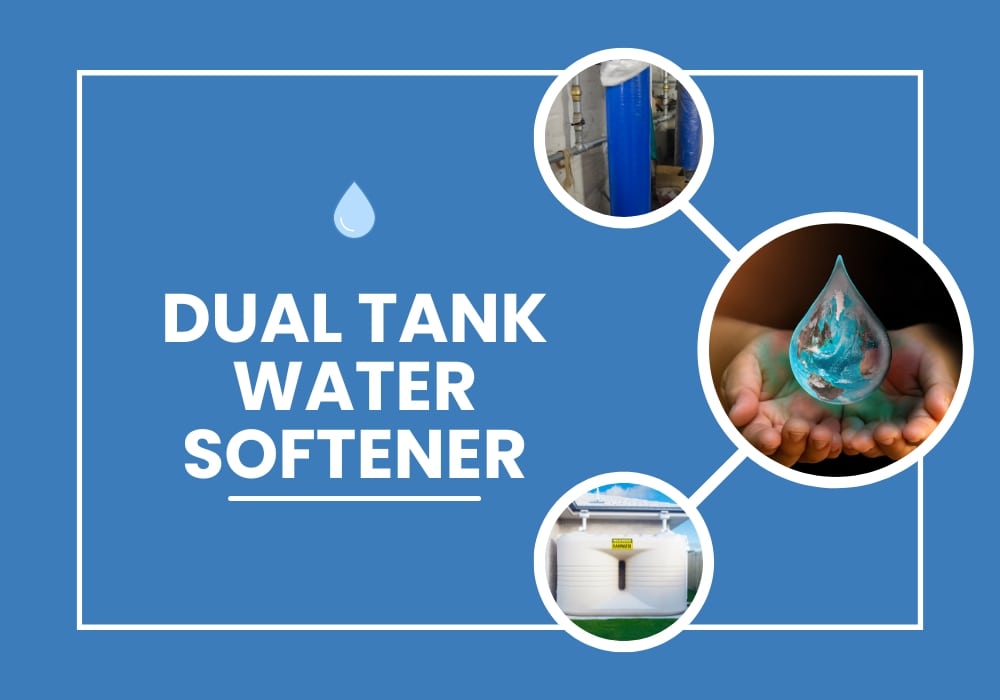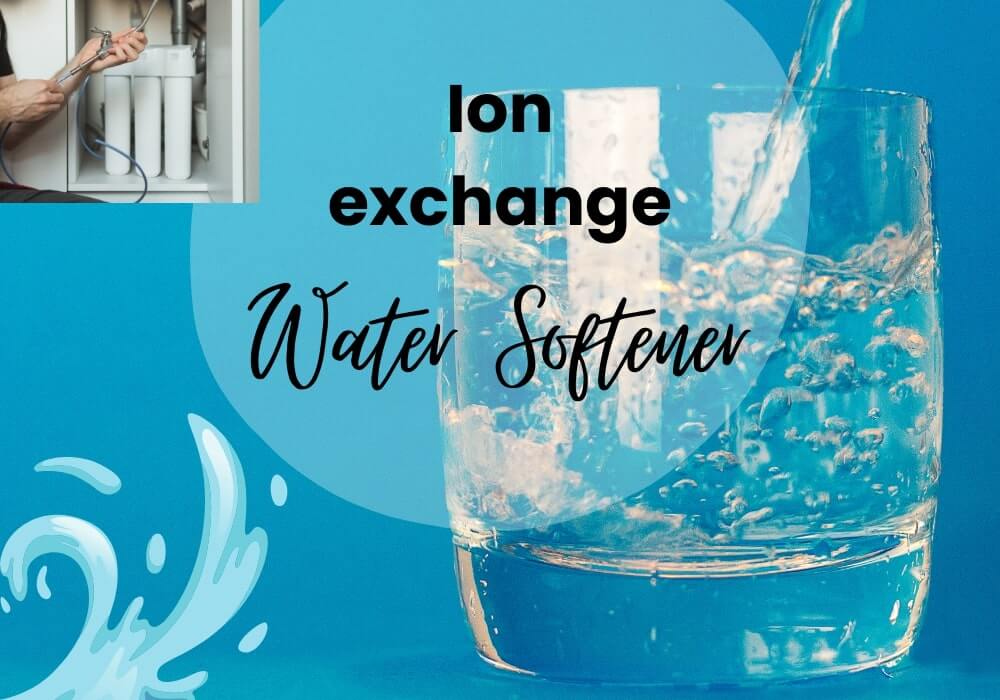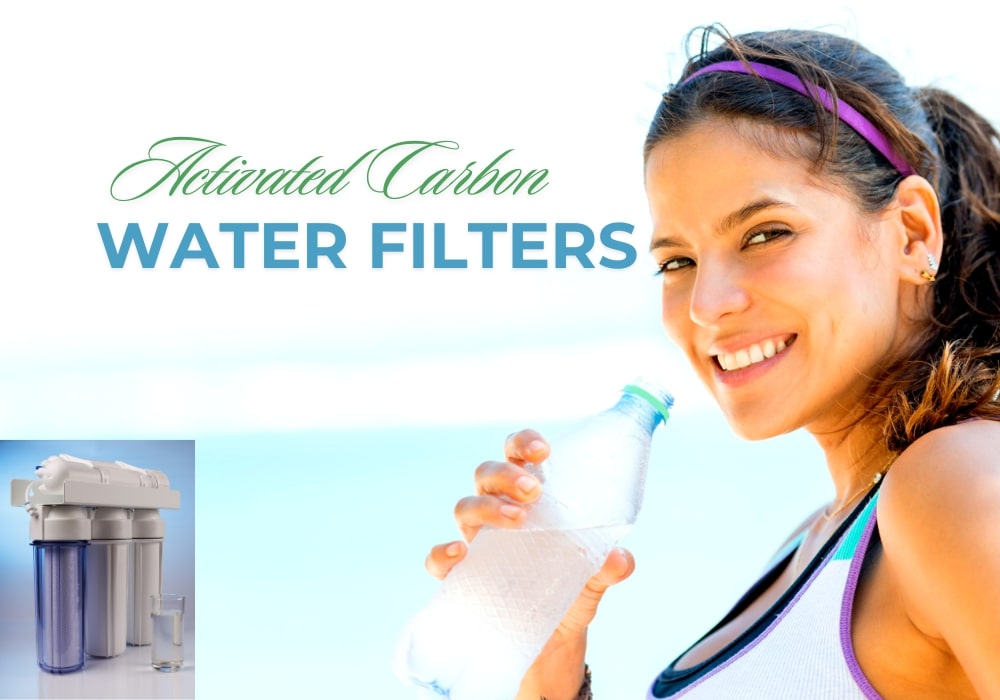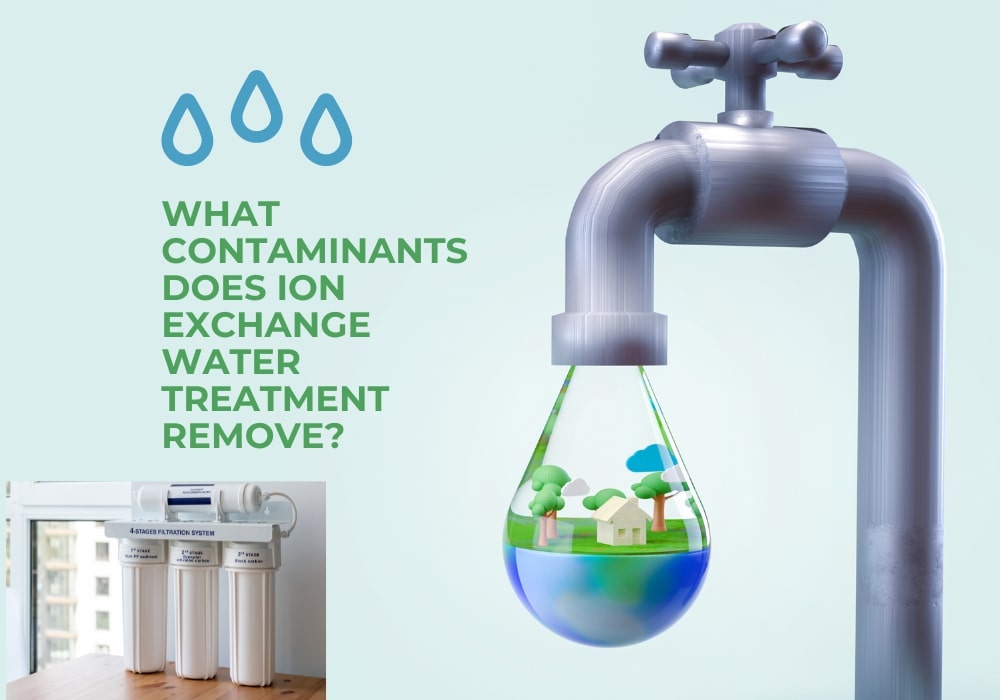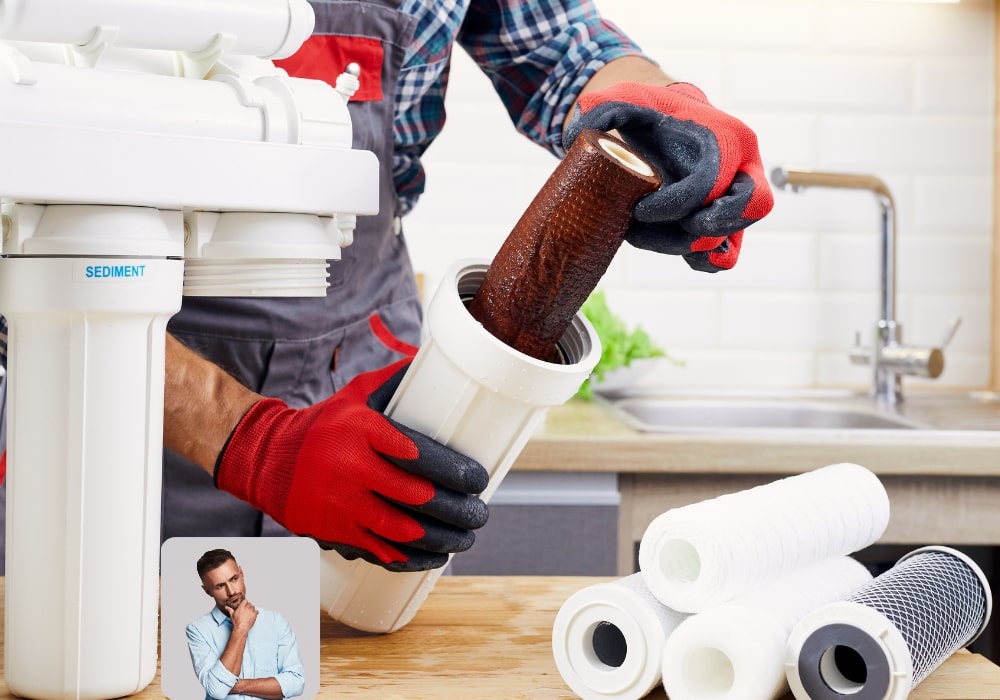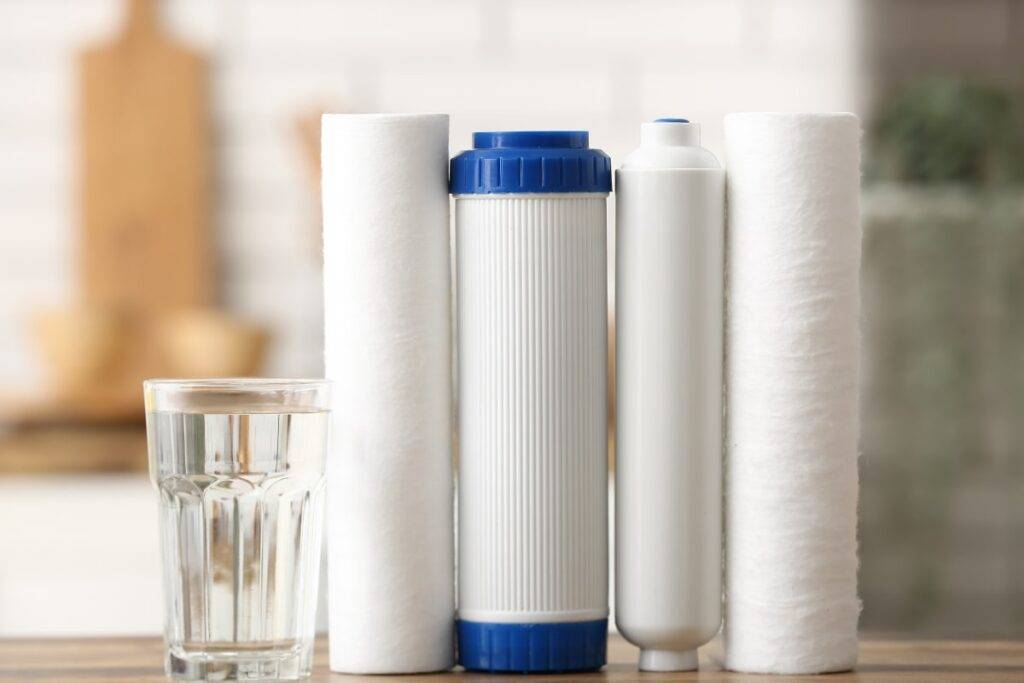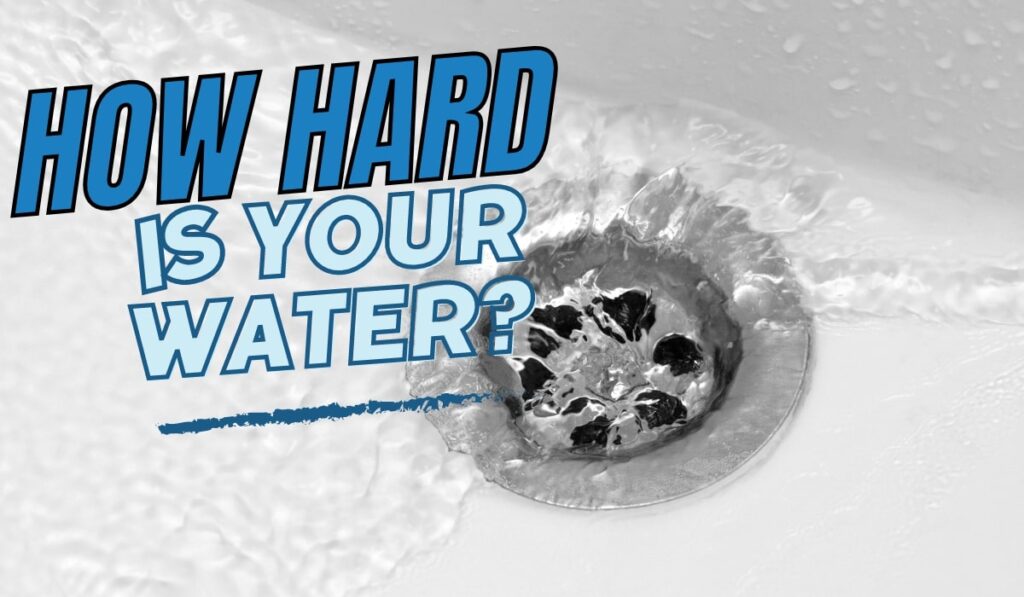Advantages Of Dual Tank Water Softeners: Why You Should Consider One
Are you tired of dealing with hard water that leaves spots on your dishes, dulls your laundry, and wreaks havoc on your plumbing? If so, you’re probably considering investing in a water softener. But with so many available options, how do you know which system suits your home? One option that stands out is the dual-tank water softener. Unlike traditional single-tank systems, dual-tank models offer a range of benefits that make them a smart choice for homeowners who want reliable, around-the-clock soft water. In this article, we’ll explore the advantages of dual-tank water softeners and answer the question, “Do I need a dual tank water softener?” Whether you’re already familiar with water softening systems or just beginning your research, this guide will provide valuable insights into why a dual tank water softener might be the perfect solution for your home. What Is A Dual Tank Water Softener? Before we get into the advantages, it’s essential to understand what a dual tank water softener is and how it works. A dual tank system has—surprise, surprise—two tanks! Each tank is filled with resin beads that remove hardness-causing minerals like calcium and magnesium from your water. When one tank regenerates (a process that flushes the beads and restores their softening capacity), the other tank is still actively softening your water. This setup ensures a continuous supply of soft water, even during the regeneration cycle. How Is A Dual Tank Water Softener Different From A Single-Tank System? With a traditional single-tank system, the softener stops providing softened water while regenerating. This means you could be stuck using hard water during that time, which can be a hassle. On the other hand, a dual tank water softener allows for seamless operation 24/7. A dual tank model could be a game changer if you have a large household or high water usage. Advantages Of Dual Tank Water Softeners 24/7 Access To Soft Water One of the most significant benefits of a dual tank water softener is that you always have access to soft water. Single-tank systems can leave you without soft water during regeneration, which typically happens at night but can still be inconvenient if your water usage is high. With a dual tank system, one tank is always ready to go, ensuring continuous soft water no matter the time of day. More Efficient Regeneration Process The regeneration process is when the water softener flushes out the accumulated minerals in the resin tank. In a dual tank water softener, regeneration happens more efficiently because the system isn’t racing against time to complete the process. Since one tank takes over while the other regenerates, there’s no rush, leading to better performance and longevity for the system. Ideal For Larger Households Or High Water Usage Do you have a big family or frequently host guests? If so, you’ll appreciate the reliability of a dual tank water softener. High water usage can overwhelm single-tank systems, but dual tanks can handle large volumes without sweat. Whether taking multiple showers, washing loads of laundry, or dishwashing, you won’t notice any interruptions in your soft water supply. Enhanced Longevity Of The System Because the two tanks share the workload, there’s less strain on each one than single-tank systems. Over time, this can lead to a longer lifespan for your water softener, saving you money in the long run. It’s a wise investment, especially if you plan on staying in your home for many years. Improved Water Quality And Consistency With a dual tank water softener, you’re less likely to experience the fluctuations in water quality that can happen with single-tank models. Since one tank is always on duty, you can count on consistently soft water that doesn’t lose effectiveness due to interrupted regeneration cycles. Lower Maintenance And Fewer Repairs Because the workload is spread between two tanks, dual tank water softeners generally require less maintenance and fewer repairs over time. The balanced operation reduces wear and tear on each tank, so you’ll spend less time and money on upkeep. Customizable Settings For Maximum Efficiency Many dual tank water softeners come with customizable settings that allow you to tailor the system’s operation to your household’s specific needs. Whether you adjust regeneration timing or set the level of water softness, you have more control over how the system functions, leading to greater efficiency and savings. Environmentally Friendly Operation If you’re concerned about your environmental footprint, a dual tank water softener is a more eco-friendly choice. The system regenerates based on actual water usage, not a preset schedule. This means you’ll use less salt and water during regeneration, reducing waste and saving resources. Cost-Effective In The Long Run While a dual tank water softener may have a higher upfront cost than a single-tank model, it’s often more cost-effective in the long term. The extended lifespan, reduced maintenance, and efficient operation contribute to lower overall expenses. Plus, consistent soft water helps protect your plumbing and appliances, preventing costly repairs. Do I Need A Dual Tank Water Softener? Now that we’ve covered the benefits, you might wonder, Do I need a dual tank water softener? The answer depends on water usage, household size, and specific needs. Here are a few questions to ask yourself: Do you have a large household with multiple people using water simultaneously? Do you often run out of soft water with your current system? Are you looking for a low-maintenance solution that offers consistent water quality? Are you planning to stay in your home long-term and want a durable system? If you answered “yes” to these questions, a dual tank water softener could be an excellent investment. Reliability and efficiency are key factors in water softening. A dual tank water softener offers numerous advantages, from 24/7 access to soft water to lower maintenance and better longevity. If you’re tired of dealing with hard water and want a solution to keep up with your household’s demands, this system is worth considering. Whether you’re dealing with high water usage, a large household, or want


